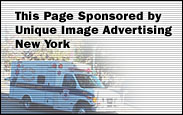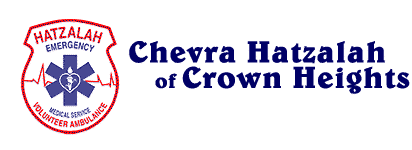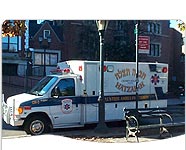 
Heat Exhaustion
Heat exhaustion
is a milder form of heat-related illness that can develop after
several days of exposure to high temperatures and inadequate or
unbalanced replacement of fluids. Those most prone to heat exhaustion
are elderly people, people with high blood pressure, and people
working or exercising in a hot environment.
Recognizing
Heat Exhaustion
Warning signs
of heat exhaustion include the following:
- Heavy sweating
- Paleness
- Muscle cramps
- Tiredness
- Weakness
- Dizziness
- Headache
- Nausea or vomiting
- Fainting
The skin may
be cool and moist. The victim's pulse rate will be fast and weak,
and breathing will be fast and shallow. If heat exhaustion is
untreated, it may progress to heat stroke. Seek medical attention
immediately if any of the following occurs:
- Symptoms are severe.
- The victim has heart problems or high blood pressure.
Otherwise,
help the victim to cool off, and seek medical attention if symptoms
worsen or last longer than 1 hour.
What to
Do
Cooling measures
that may be effective include the following:
- Cool, nonalcoholic beverages, as directed by your physician
- Rest
- Cool shower, bath, or sponge bath
- An air-conditioned environment
- Lightweight clothing
Disclaimer:
These
self-help measures are not a substitute for medical care but may
help you recognize and respond promptly to warning signs of trouble.
Your best defense against heat-related illness is prevention.
Staying cool and making simple changes in your fluid intake, activities,
and clothing during hot weather can help you remain safe and healthy.
Back to Safety Tips Index
|









